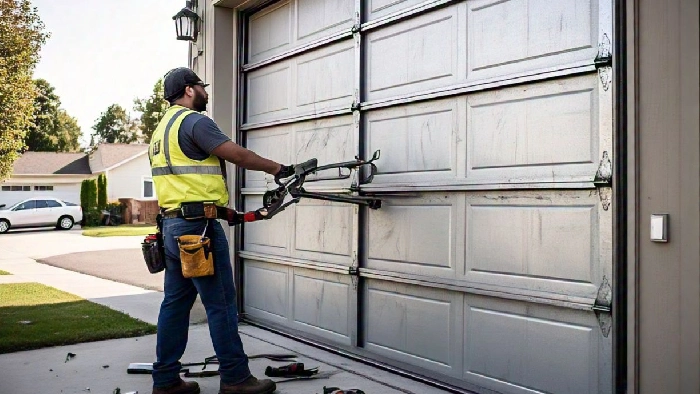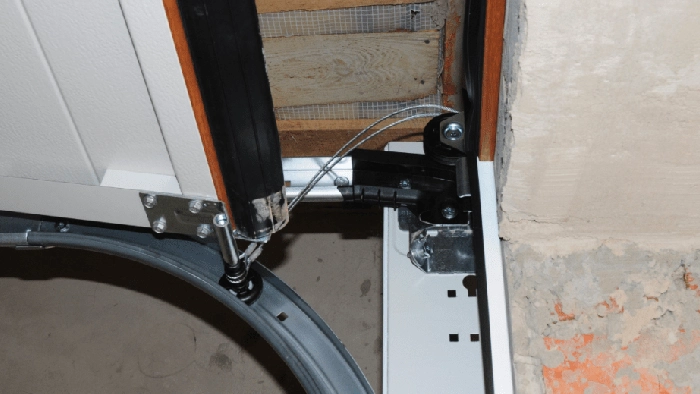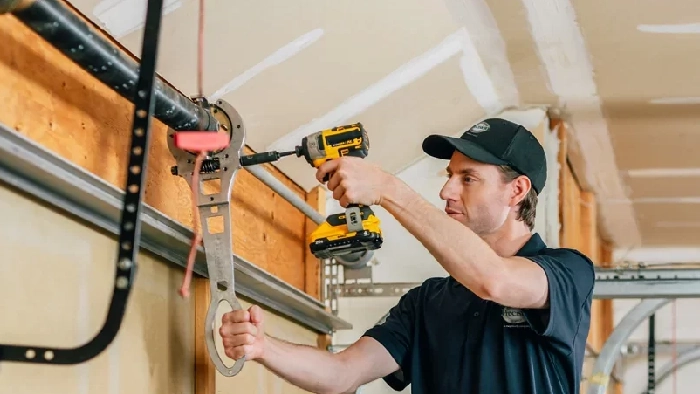
How Often Should You Really Replace Your Garage Door?
Introduction
When it comes to home maintenance, the garage door often gets overlooked until something goes wrong. However, understanding how often you should replace your garage door is essential for maintaining the safety and aesthetics of your home. After all, your garage door plays a crucial role trusted garage door service options near me in both functionality and curb appeal. In this comprehensive guide, we’ll delve into various factors that determine when it’s time to replace your garage door, common repairs needed over the years, and tips on ensuring you make the right choices for your home's entryway.
How Often Should You Really Replace Your Garage Door?
The lifespan of a garage door typically ranges between 15 to 30 years, depending on several factors including material quality, usage frequency, and maintenance practices.
Factors Affecting Garage Door Lifespan
Signs It’s Time for Replacement
So how do you know when it’s time to say goodbye to your trusty old garage door? Look out for these signs:
- Frequent Repairs: If you're constantly calling for garage door repairs or even specific services such as garage door opener repairs or garage door spring repairs, it may be more cost-effective to replace the entire unit.
- Physical Damage: Dents, rust, or cracks can compromise the structural integrity and appearance of your garage door.
- Poor Insulation: If your energy bills are skyrocketing due to poor insulation from an old garage door, replacing it might save you money in the long run.
Importance of Garage Door Express Services
In cases where replacement is imminent, consider using express garage door services that can quickly assess and carry out necessary replacements without unnecessary delays.
Common Types of Garage Doors
Understanding the different types available will help you make an informed decision about replacements.
1. Steel Garage Doors
Steel doors are durable and require minimal maintenance compared to wood doors. They resist dents well but may rust if not properly coated.
2. Wood Garage Doors
While aesthetically pleasing, wood doors require regular maintenance and may warp over time due to moisture exposure.
3. Fiberglass Garage Doors
Fiberglass offers excellent insulation properties but can crack under extreme temperatures.
4. Aluminum Garage Doors
Lightweight and resistant to corrosion but may not offer as much security as steel doors.
Common Repairs vs Replacement Costs
Understanding the costs associated with repairs versus replacement can guide homeowners in decision-making.
| Repair Type | Average Cost | Notes | |----------------------------------|-----------------|-----------------------------------------| | Garage Door Opener Repairs | $100 - $300 | Common issues include misalignment | | Garage Door Spring Repairs | $200 - $500 | Springs wear out over time | | Full Door Replacement | $750 - $2,500 | Depends on material choice |
When Are Repairs Worth It?
If repair costs exceed 50% of what a new installation would cost or if you're facing frequent issues with components like springs or openers, consider full replacement instead of continual repairs.
DIY Maintenance Tips for Extended Lifespan
Sometimes simple DIY maintenance can prolong the life of your garage door significantly:
Choosing The Right Replacement Garage Door
When replacing your old unit, you'll want to consider several factors:
1. Style Preferences
From classic raised panels to contemporary styles—choose one that complements your home's exterior design.
2. Insulation Value
Look at R-values; higher values mean better insulation which translates into energy savings over time.

3. Security Features
Consider models with robust locking mechanisms for enhanced safety.
The Role of Professional Installation Services
Even if you're handy around tools, professional installation ensures that everything is done correctly:


- Proper alignment prevents future mechanical issues.
- Experts can spot problems that an untrained eye might miss.
Garage Door Safety Features You Should Know About
Your new garage door should come equipped with modern safety features such as:
- Automatic reversal systems
- Motion detection sensors
- Manual release options
These add layers of security while ensuring compliance with local building codes.
FAQs About Garage Door Replacement
1. How long does it take to replace a garage door?
Typically 3-6 hours depending on complexity and size.
2. Can I install a new garage door myself?
While it's possible for experienced DIYers, professional installation is recommended for safety reasons.
3. What’s the most durable material for a garage door?
Steel is generally considered one of the most durable options available today.
4. How much does a new garage door increase home value?
A new stylish garage door can enhance curb appeal significantly; studies indicate up to a 95% return on investment upon selling!
5. What are common problems faced by older doors?
Common issues include broken springs, malfunctioning openers, and physical damage like dents or warping due to weather exposure.
6. Is there any warranty on new installations?
Most reputable manufacturers offer warranties ranging from several years up to lifetime coverage depending on materials used.
Conclusion
Understanding how often you should really replace your garage door involves evaluating multiple factors including age, condition, and repair frequency among others. Whether opting for repairs like those offered through express garage doors services or considering a full replacement due to frequent issues such as spring failures or opener malfunctions—making informed decisions will ultimately save you time and money in the long run.
By staying proactive about maintenance and keeping an eye on signs indicating it's time for replacement—you’ll ensure that your home remains safe while enhancing its curb appeal simultaneously!